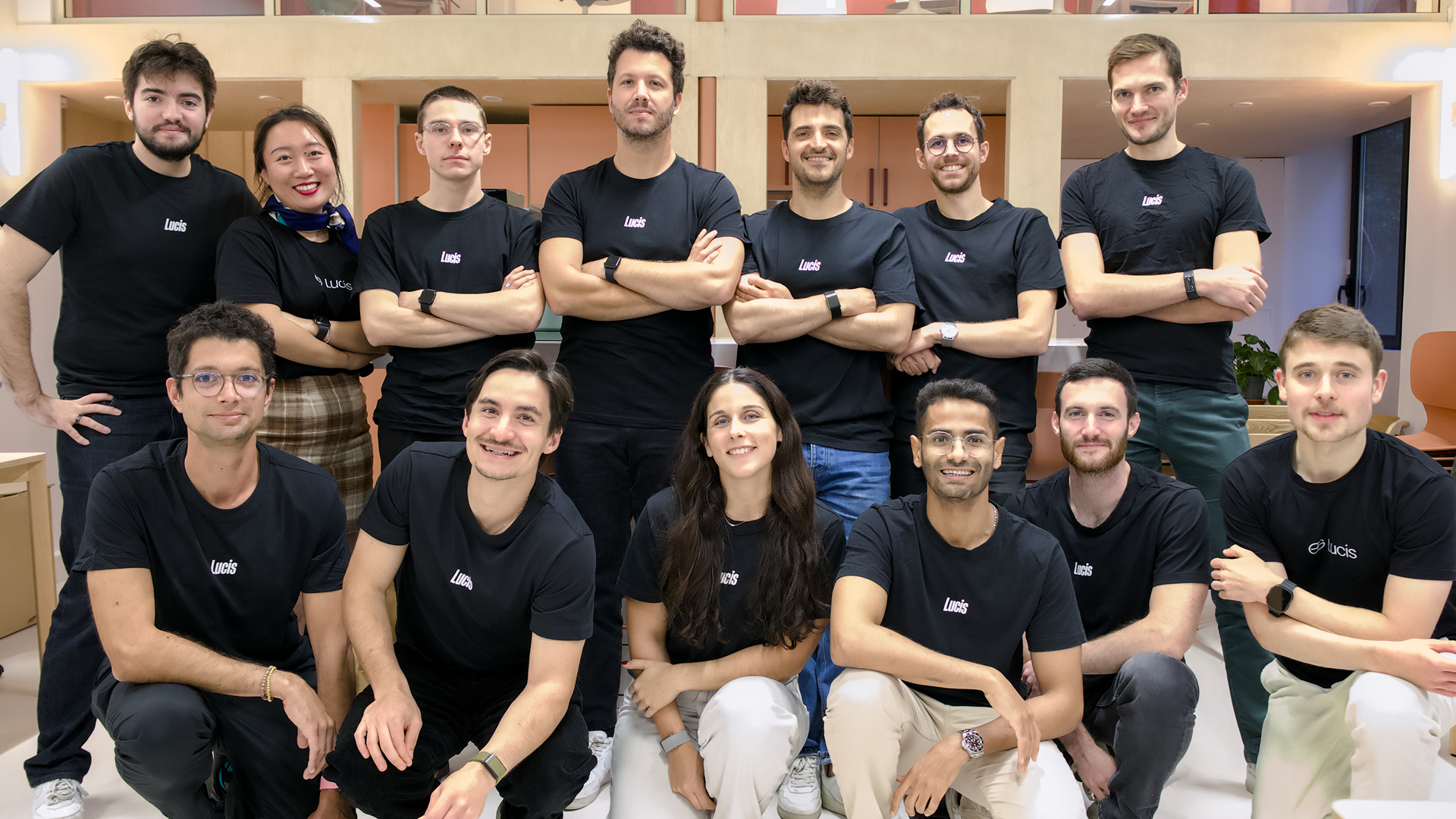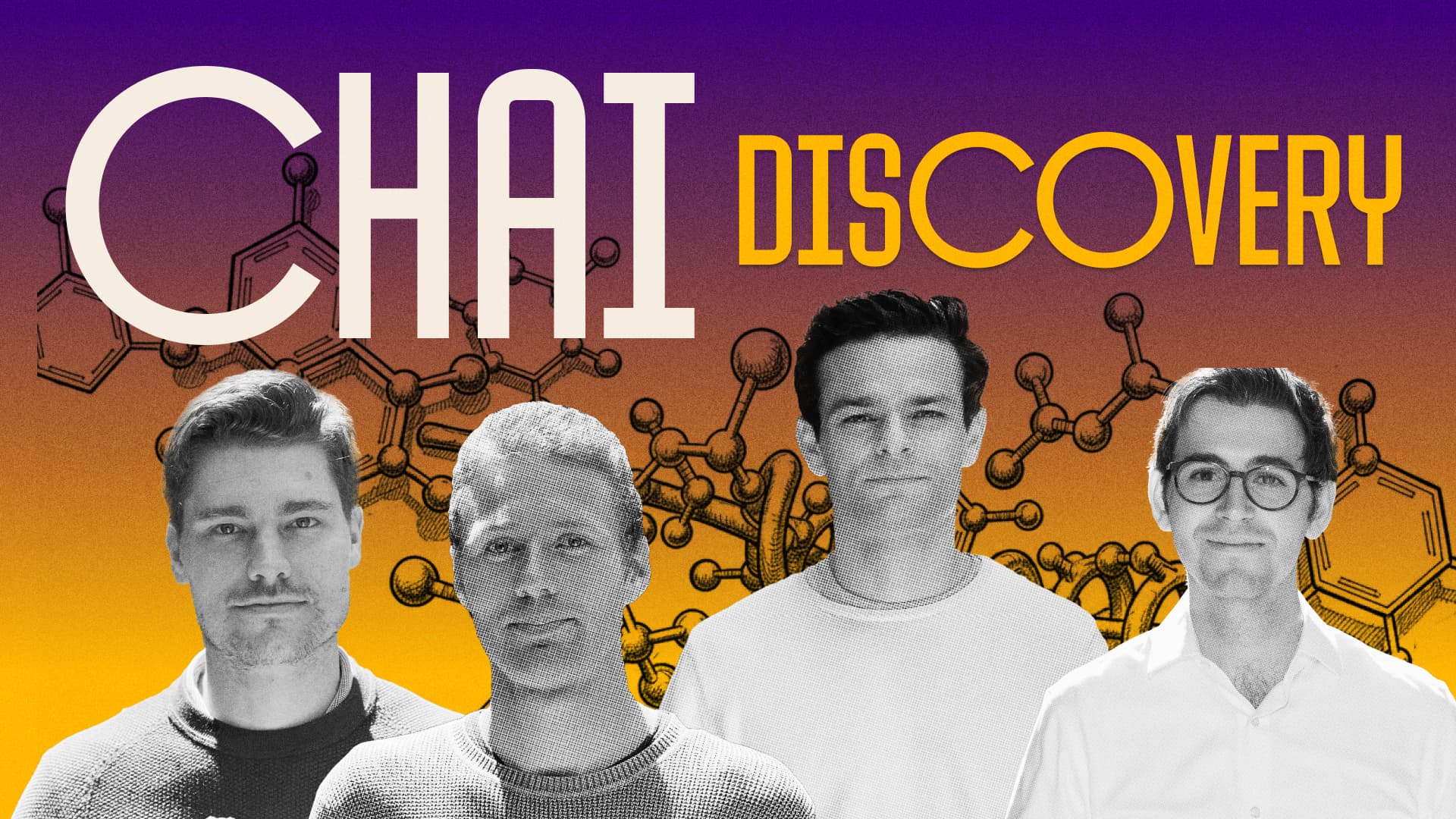Table of contents
Over the past two decades, the technology industry has been feverishly working to reorganize content, community, and commerce online, giving rise to many new category-defining businesses. Powered by Moore’s and Metcalfe’s laws, the digitally enabled life that we live today was unimaginable compared to when the first iPhones arrived.
However, we failed to organize “care” on the internet with the same level of success. This, in large part, is due to misalignment of interests of the various stakeholders — too often, who decides, who pays and who benefits are all different entities or individuals.
Until now.
As the core team behind Livongo Health, we were able to prove that by prioritizing consumer experience and aligning incentives, we could build significant technology-enabled healthcare businesses that enjoy great customer love and economic fundamentals. We captured our playbook in “UnHealthcare: A Manifesto for Health Assurance” to help other entrepreneurs replicate this recipe.
Over the next decade, we think that 10 to 20 new businesses will have the opportunity to become very large platforms that shape parts of our emergent health assurance system in society. We formed Health Assurance Acquisition Corp. (“HAAC”) to partner with a team and company that is aligned with our values and has the potential to become one such platform. As with many other SPACs, HAAC is a blank check company formed for the purpose of effecting a merger, share exchange, asset acquisition, share purchase, reorganization, or similar business combination with one or more businesses — but with a significant structural difference.
In launching HAAC, we set out to remove friction, align stakeholder interests, and reward sustained, long-term performance under a structure we’re calling a Stakeholder Aligned Initial Listing℠, or SAIL℠. The difference here is fundamentally important to us. In short, HAAC will use a performance-based incentive structure. Our economics are contingent upon sustained performance — initial stockholders will not earn returns on their alignment shares until our other stockholders do. We are not here to broker quick gains but rather to fundamentally shift the way the industry thinks about backing its most innovative, impactful founders. The SAIL℠ structure is a manifestation of our belief that we must partner with market leaders in actively building the future of health assurance.
HAAC’s founding team is one of the most credible teams that have invested, advised, and built at the intersection of healthcare and technology. Collectively, we are aligned behind the goal of bringing a venture, health assurance mindset to the public market by combining with, and committing to, a company that values deep experience, honest partnership, and patient capital. Together, we can create a health assurance system that provides equitable access and better opportunities for the clinical and non-clinical workforce, reduces the overall healthcare GDP, and delivers the health outcomes people deserve.
— Hemant Taneja










_r1_v2%20(1).jpg)

